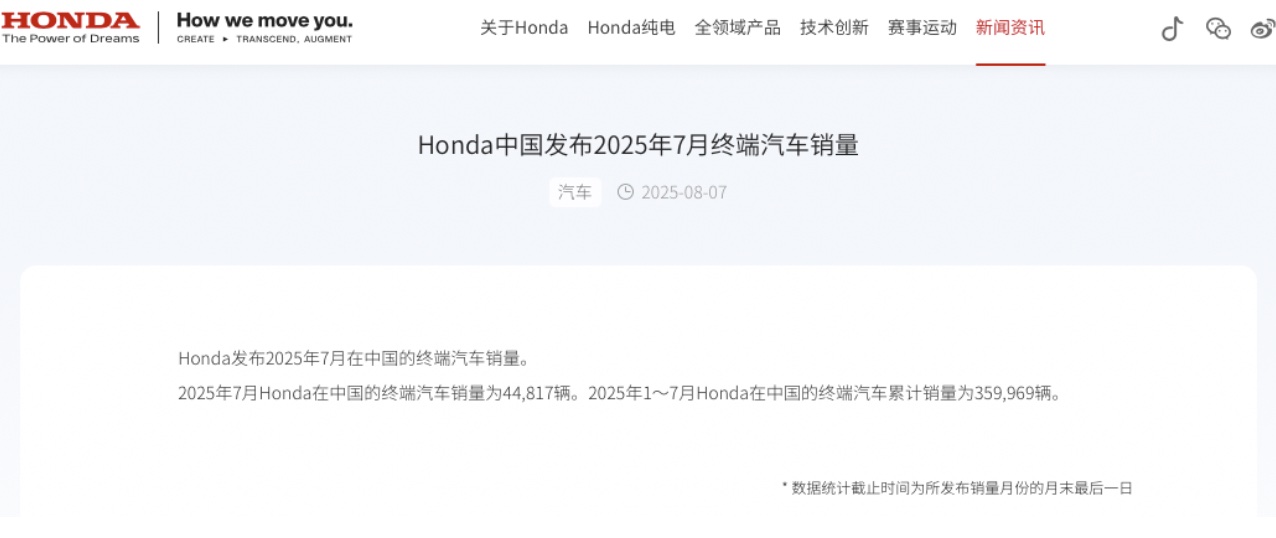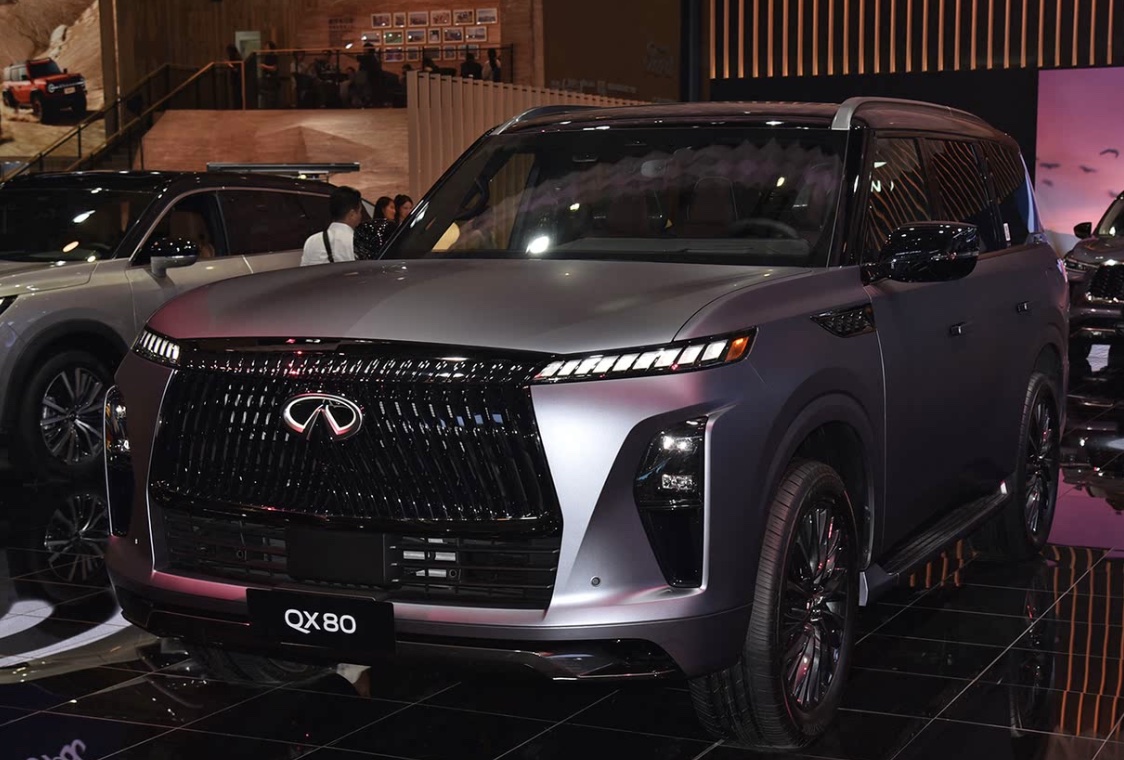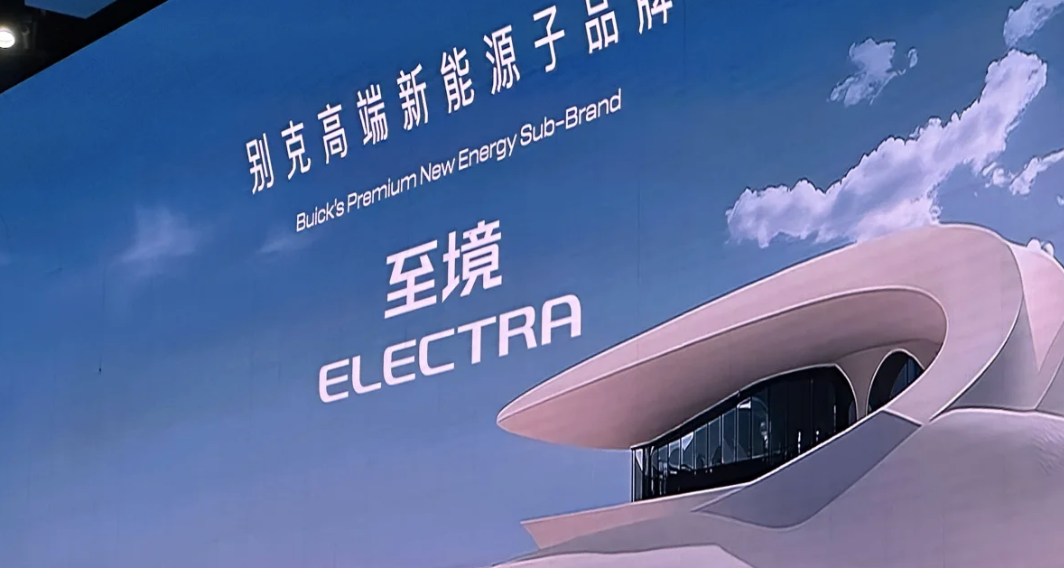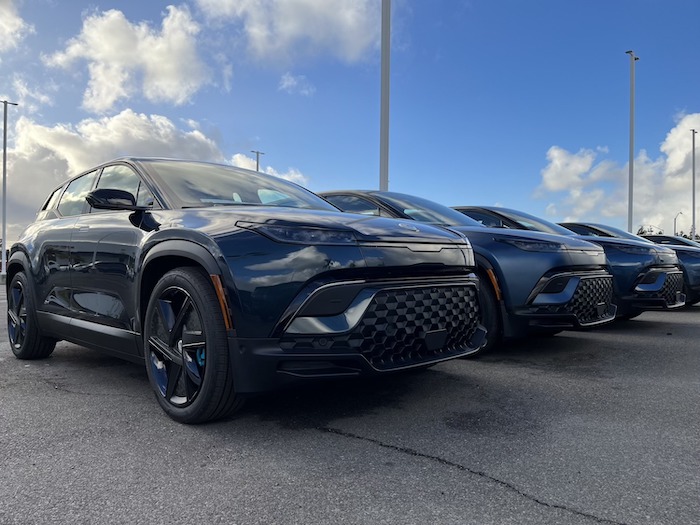On August 7, Honda China released its latest sales report. Data shows that in July 2025, Honda China sold 44,817 vehicles at retail, down 14.74% year-on-year. From January to July 2025, cumulative retail sales reached 359,969 units, a decline of 23.16% year-on-year.
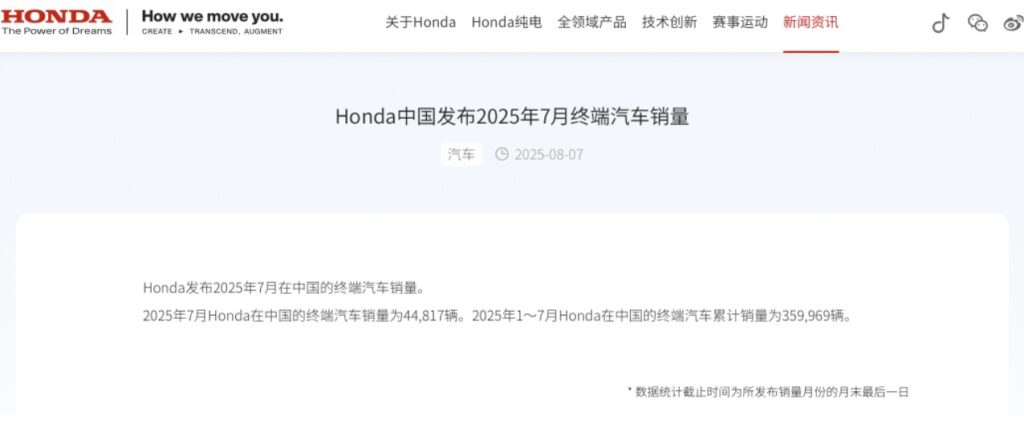
Sales Context and Market Dynamics
In the era of traditional fuel-powered vehicles, Honda had strong appeal in the Chinese market. Both Dongfeng Honda and GAC Honda often saw individual models surpassing 20,000 monthly sales. However, with the rapid rise of premium smart EV brands such as Li Auto and AITO, combined with increasingly fierce market competition, the market share of traditional fuel vehicles—including Honda—has been squeezed, leading to declining sales. In sharp contrast, Chinese self-owned brands’ NEVs (new energy vehicles) continue to experience rapid growth.
At present, fuel vehicles still make up the majority of Honda China’s sales, but their advantage is weakening. Models like the Accord, CR-V, and Breeze, which once sold more than 20,000 units monthly, no longer maintain that performance. For example, June’s retail sales data showed Honda’s top three models were the CR-V (17,200 units), Accord (13,400 units), and Breeze (11,700 units). Other models performed below 10,000 units: Civic ranked fourth with 4,500 units, followed by Inspire (3,900 units), Odyssey (1,800 units), and Integra (1,300 units).
EV Segment Performance
In the pure EV market, Honda has launched several models in China, including the e:NS1, e:NS2, e:NP1, e:NP2, GAC Honda P7, and Dongfeng Honda S7. While Honda is accelerating its electrification strategy, its performance in the Chinese EV market remains lackluster.
Industry Challenges
The automotive sector is undergoing rapid transformation. In today’s NEV era, China’s consumer market has fundamentally changed. With the strong rise of domestic brands, joint venture automakers such as Honda have seen their sales decline. Industry observers believe Honda’s difficulties in China are due to a combination of factors: shrinking demand for traditional fuel cars, a lagging electrification transition, and intensifying competition.
For Honda, the key question in 2025 is how to introduce attractive NEV products. While Honda faces serious challenges, its brand influence remains significant. The company is at a critical turning point in China, and if it can adjust its strategy and respond proactively, there are still opportunities to grow sales and regain market share.
Financial Performance
Separately, Honda released its Q1 financial results yesterday. The report showed an operating profit of 244.17 billion yen, below estimates of 309.65 billion yen. Honda now forecasts full-year operating profit of 700 billion yen (previously 500 billion yen), compared to a market estimate of 896.24 billion yen. For the fiscal year, Honda projects net sales of 21.1 trillion yen (higher than the previous forecast of 20.3 trillion yen, market estimate 21.21 trillion yen), operating profit of 700 billion yen (vs. 500 billion yen previously, market estimate 896.24 billion yen), and net profit of 420 billion yen (vs. 250 billion yen previously, market estimate 598.6 billion yen).
Would you like me to also prepare a shorter, news-style summary (like a headline + 2–3 sentence digest) for quick reading?
